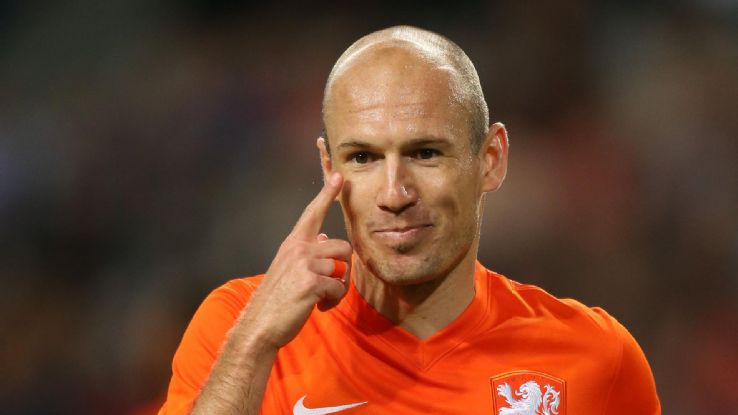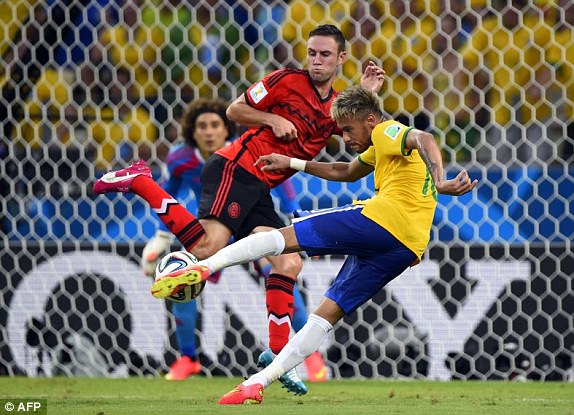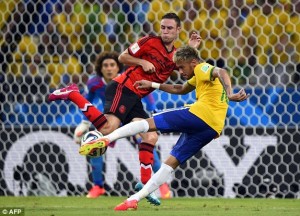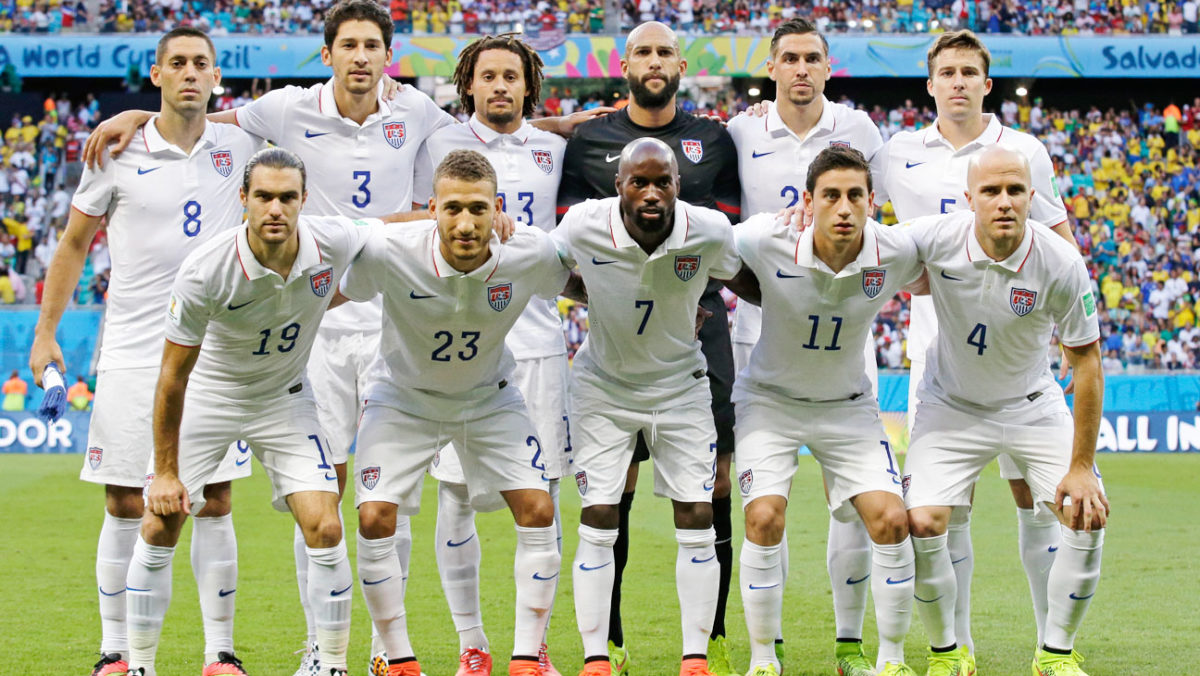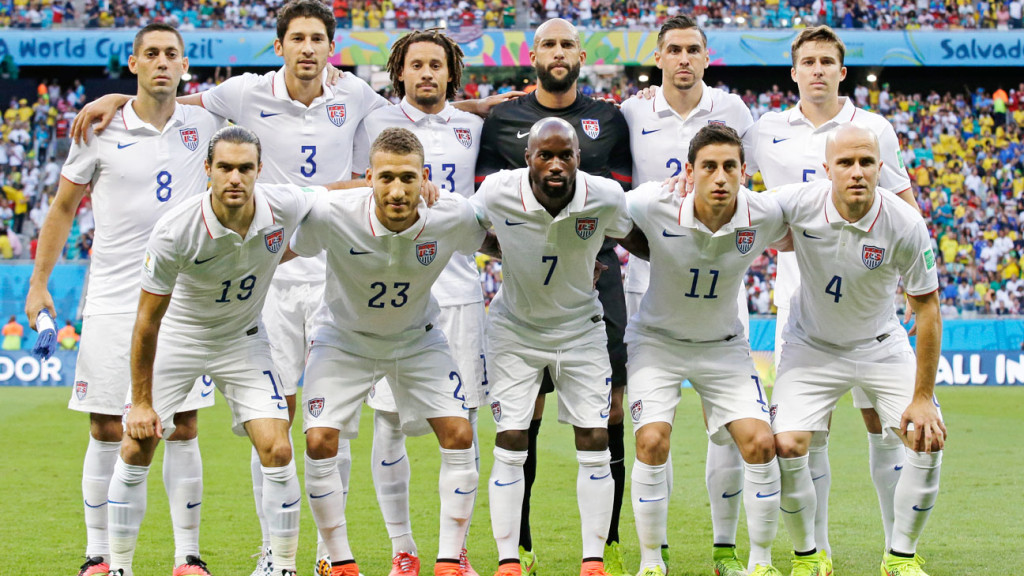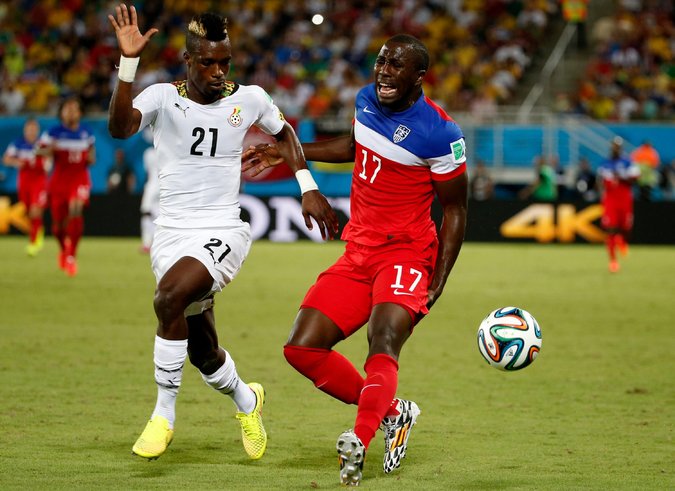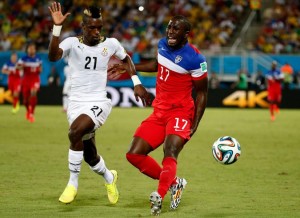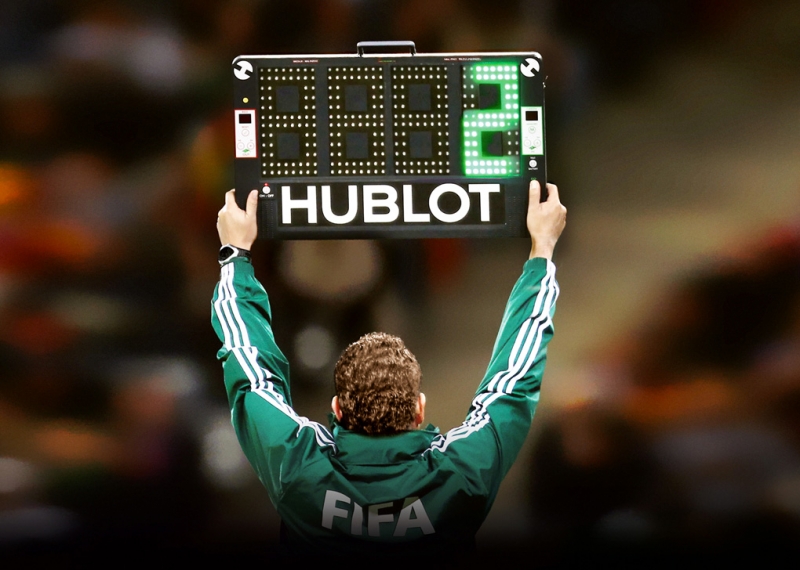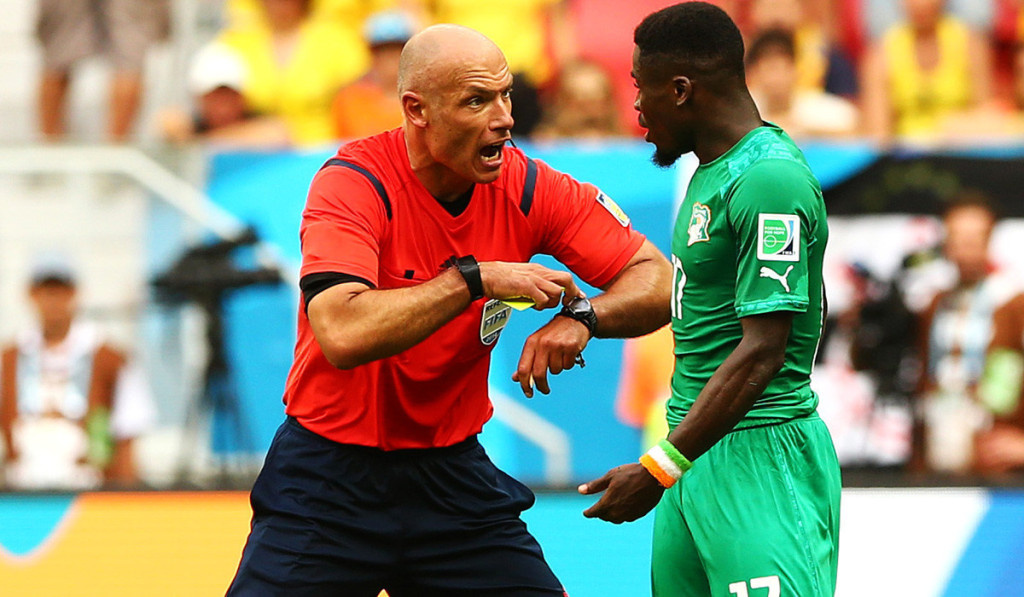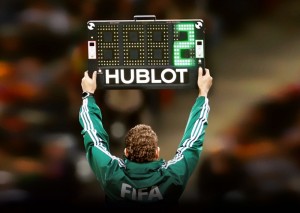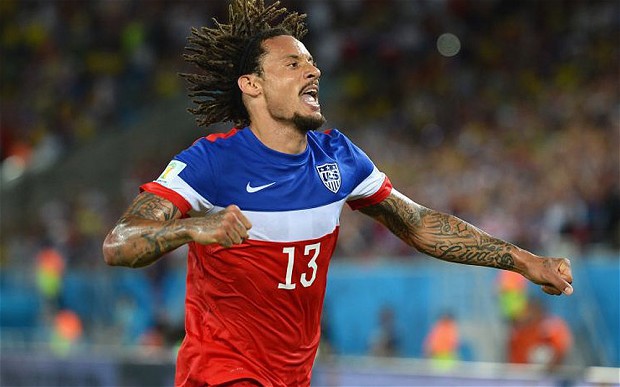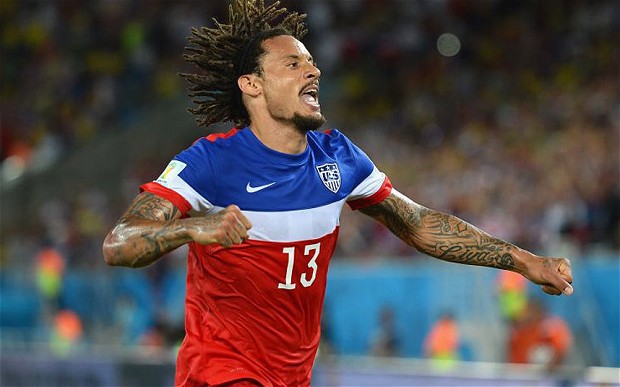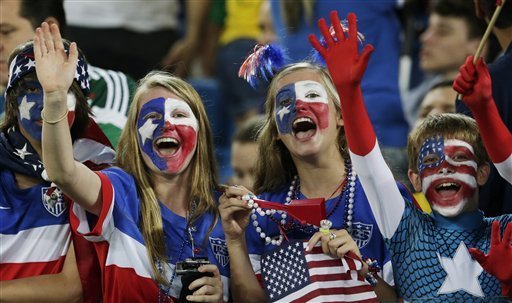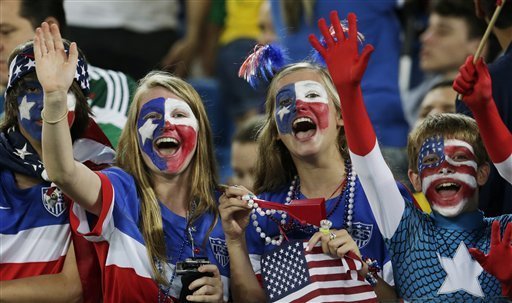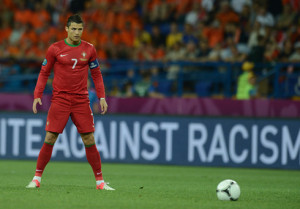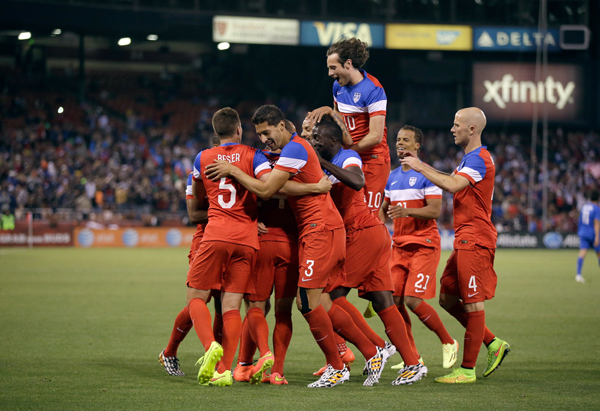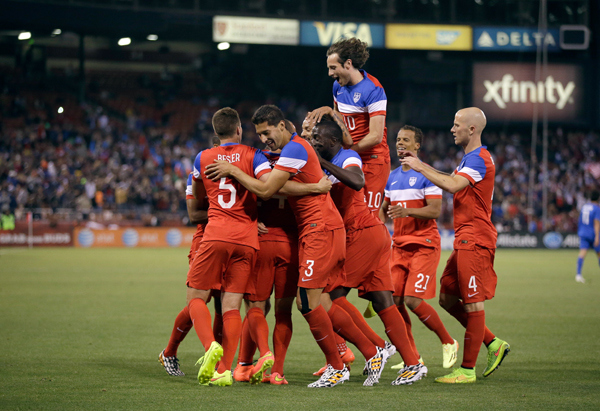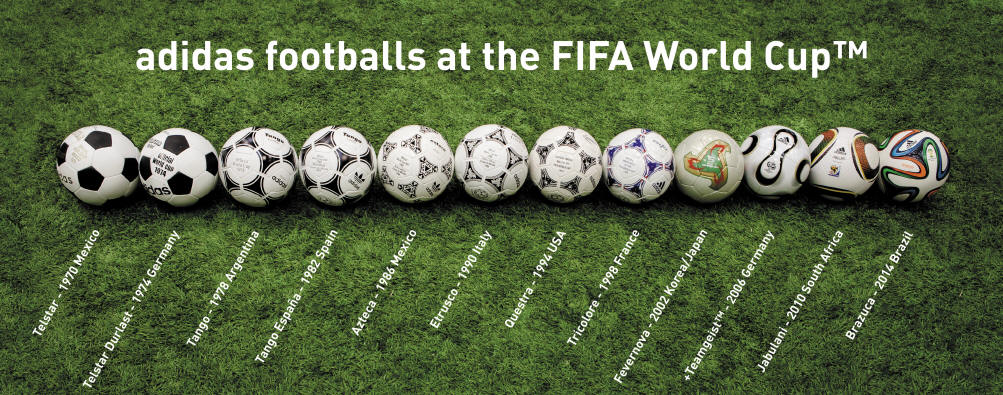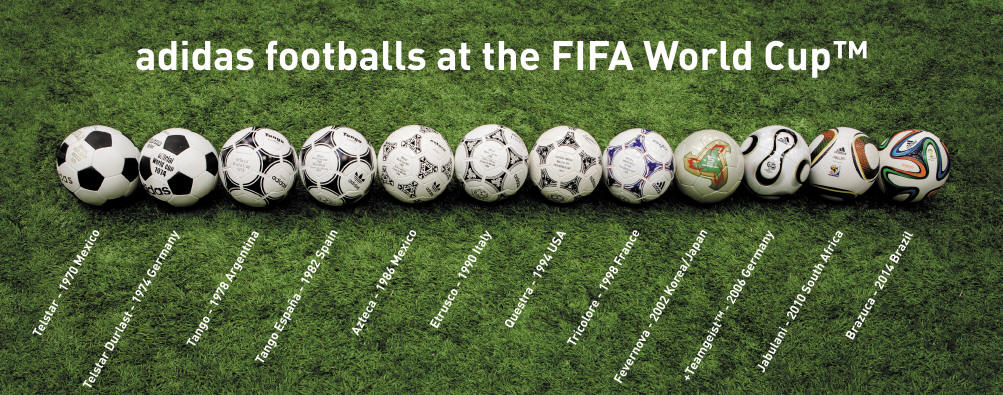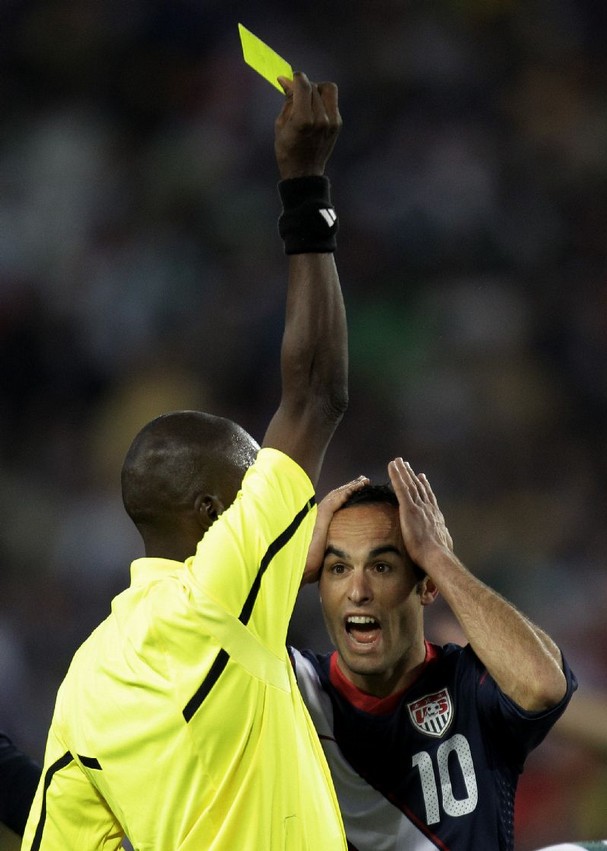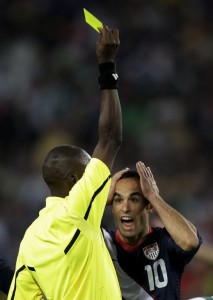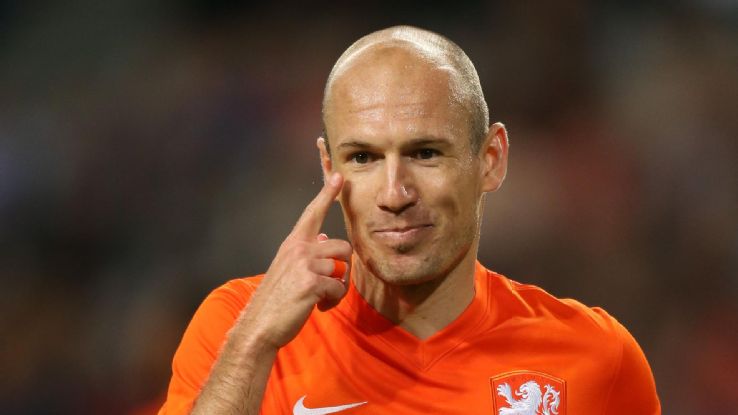
The United States played wonderful soccer and, for a few weeks, our nation obsessed over the World Cup. The U.S. team is gone but the World Cup goes on. Yesterday, the two giants of the World Cup, Germany and Brazil, won their quarter-final games to move on. Germany beat France in what seemed like the first truly dull soccer game of the World Cup, and Brazil beat Colombia in a sibling-like fight replete with grappling, kicking, and complaining. It may have been a Pyrrhic victory for host country Brazil though, because they lost their captain, Thiago Silva, for one game due to a suspension, and their star player, Neymar, who is out for the rest of the World Cup with fractured vertebra. Today’s quarter-final games can’t match yesterday’s in terms of regional rivalry or traditional dominance but they may make up for it with compelling, quality play. Let’s look at them together.
To celebrate the World Cup in Brazil, Dear Sports Fan is publishing a set of posts explaining elements of soccer. We hope you enjoy posts like Why do People Like Soccer? How Does the World Cup Work? Why Do Soccer Players Dive so Much? What is a Penalty Kick in Soccer? What are Red and Yellow Cards in Soccer?, Why do World Cup Soccer Players Blame the Ball? and Reflections on the 2014 World Cup for the United States. The 2014 World Cup in Brazil begins on June 12 and ends on July 13.
Argentina vs. Belgium, Saturday, July 5, Noon on ABC and ESPN2
It’s always an interesting dilemma: after the team you are rooting for gets knocked out of a tournament, do you root for or against the team that knocked them out? It’s a choice that many American fans are facing in this game after Belgium knocked the U.S. team out of the World Cup on Tuesday. You root for them because by winning, Belgium validates the American loss. “See,” we can say, “the Belgians ARE really good.” Then again, we just spent 120 minutes rooting passionately against the Belgians with all their annoying skill and hair. It’s hard to switch over so quickly to rooting for them. I think I’ll be rooting for Argentina and their diminutive star, Lionel Messi. Messi faces the unenviable task of trying to surpass the legend of retired messianic Argentinian soccer figure, Diego Maradona, in addition to beating the flesh and blood opponents on the field. An article on fifa.com notes that Maradona had some of his most memorable moments against the Belgians. I hope that Messi creates some of his own against them today.
The Netherlands vs. Costa Rica, Saturday, July 5, 4 p.m. on ESPN
In yesterday’s post about the quarter finals, we used a quote from Deadspin.com about how there are almost never Cinderella stories in the World Cup. Well, if Costa Rica beats The Netherlands today, that might not be true. Costa Rica is ranked 28th in the world by soccer’s international body, Fifa. They are wedged right between Scotland and Romania, neither of which qualified for the World Cup. The Costa Rican team has very few players who could even have made most of the other teams in the tournament, including the Dutch team, but that hasn’t stopped them yet. Then again, they lucked out a little by being matched up against the unimaginative Greek team in the last round. Costa Rican striker, Joel Campbell, is capable of moments of brilliance, but he’ll have to play out of his mind for the Costa Rican team to have a chance.
The Netherlands is ranked 15th and came in second place four years ago. The Dutch are a perennial soccer power whose beautiful play is only matched by their unerring ability to lose when it matters the most. They have made more World Cup finals (3) than any other country that has not won a World Cup championship. This year’s Dutch team features two veteran, crafty offensive players, Robin van Persie and Arjen Robben. They are a funny pair: both 30 years old, van Persie is a classic pretty-boy striker; fast, good in the air, and even better with his hair. Robben plays more of a deceptive game. Watch out for him — he’s the bald one who wears number 11 and is equally proficient at faking the ref out as he is at faking out opposing defenders. I happen to really enjoy his play, but he’s definitely an acquired taste.

